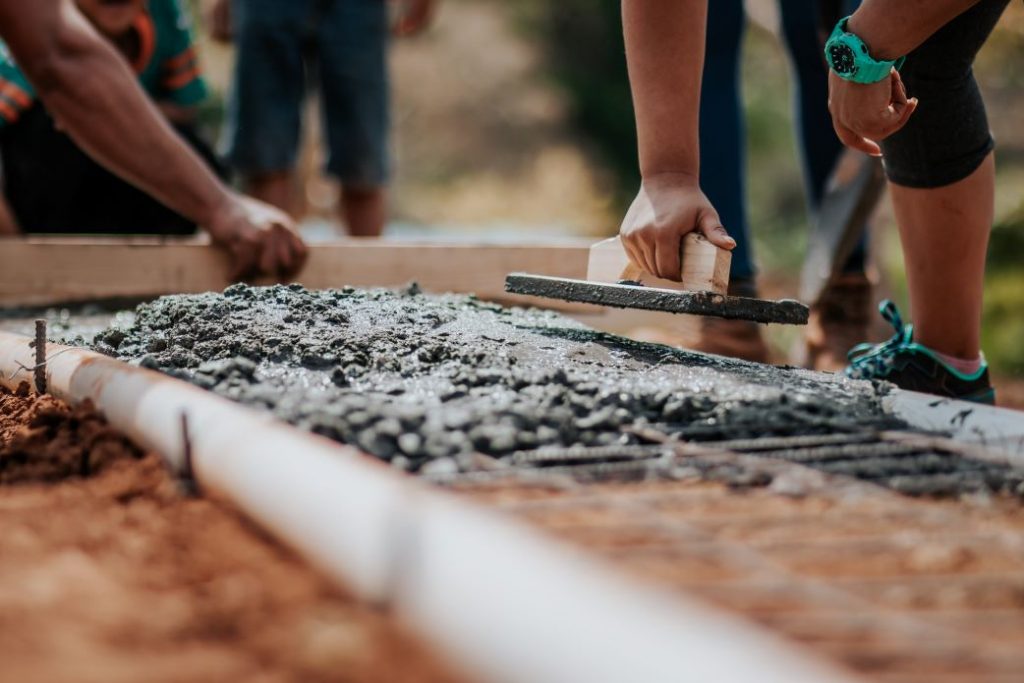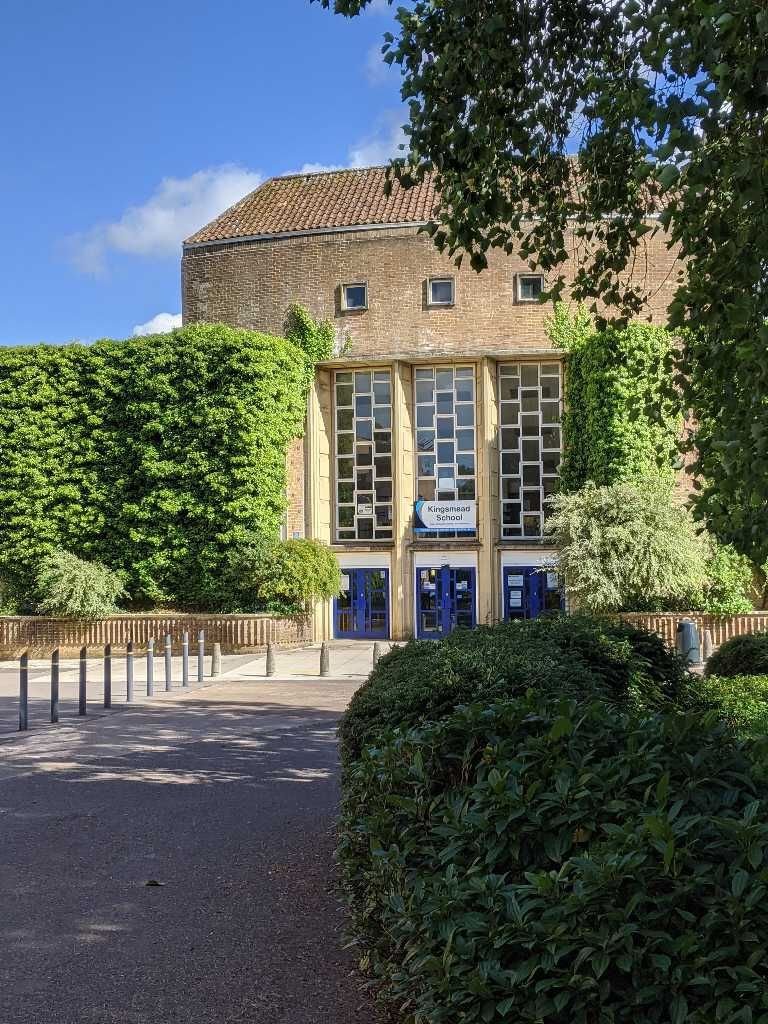
What will our future look like? The government is faced with three major events which will affect our lives for decades to come – the Covid-19 pandemic, Brexit, and climate change. A return to what we regarded as normal is neither possible nor (for many) desirable. So it was that the government began to set out its vision for the future in what it described (in tribute to Franklin D Roosevelt’s rebuilding of America after the Depression) as its ‘New Deal’.
The Prime Minister, in his speech on 30 June, promised that we would
“build back greener” and that he would promote a “clean, green recovery”. One of the sectors flagged in his speech was a promise of ‘£1bn for schools’. What might this mean in Somerset?
We can note that Somerset County Council intended in 2018 to spend £140m on new school buildings. This was later curtailed due to central government cuts to County Councils. Assuming that the £1bn refers to England alone, Somerset might hope to see between £10 and 20m added to its schools building potential; and while an increase of up to 14 per cent is very welcome, it is hardly an impressively world-beating boost.
Even more important is the promise to build clean and build green. The government has huge influence over the building of schools, and has the opportunity to invest in buildings with low environmental impact – even in carbon-neutral or carbon-negative buildings. Electricity might be produced with photovoltaic panels. Heating could be via ground-source heat pumps (many schools still have playing fields which make this a real possibility). While retro-fitting existing buildings can be expensive and ineffective, to miss the chance of producing truly sustainable and environmentally friendly new-build schools would be an appalling waste of opportunity.
This missing of green opportunities due to lack of clear guidance from Westminster is precisely what is happening with schools. If we look at just one example, Kingsmead Secondary School in Wiveliscombe (pictured), the main block, built in 1953, is due to be replaced in its entirety at a cost of £10m. Despite the wishes of many of the parents and students, the opportunity for a green build is being missed.

The good news is that local people have been involved and have encouraged the building project to become more environmentally sustainable.
A modest array of 10kW photovoltaic panels will now be installed on the roof and two charging points for electric vehicles will be made available in the car park.
Swift bricks, bat boxes and bee bricks are to be incorporated into the plans.
The kitchen will be provided with induction hobs rather than the specified gas.
A rain garden will be built to enhance biodiversity and to decrease the flooding which regularly happens outside the school.
All of this is encouraging, and shows what local representation can achieve when central planning fails to use its authority in order to ‘build back greener’. And there is more. There is the option for the local community to raise funding to provide more PV panels for the roof.
Yet perhaps the biggest opportunity of all is being missed. The school is to be heated by efficient gas boilers. Noting that the existing building has had a life of 67 years, it seems short-sighted in the extreme to use a system that will no longer be allowed to be installed after 2025. The local community continues to request that the building should be heated by means of ground-source heat pumps. We shall have to wait to see if they are successful.
If we want a better, greener future, we have to hold governments of any stripe to account. This government has promised to “build back greener”, so let’s make sure they do just that. We may feel that we have little voice in Westminster, but we do have a voice locally. You can make your voice heard in local school building projects through the PTA or the local council. Or maybe there is a local eco or transition group you can support. We are not without a voice and need not feel helpless. It is important that, if our government is to be spending significant amounts on the infrastructure of our towns and villages, we make sure that the money is spent on projects which benefit the environment and leave a great legacy for our children and grandchildren.




